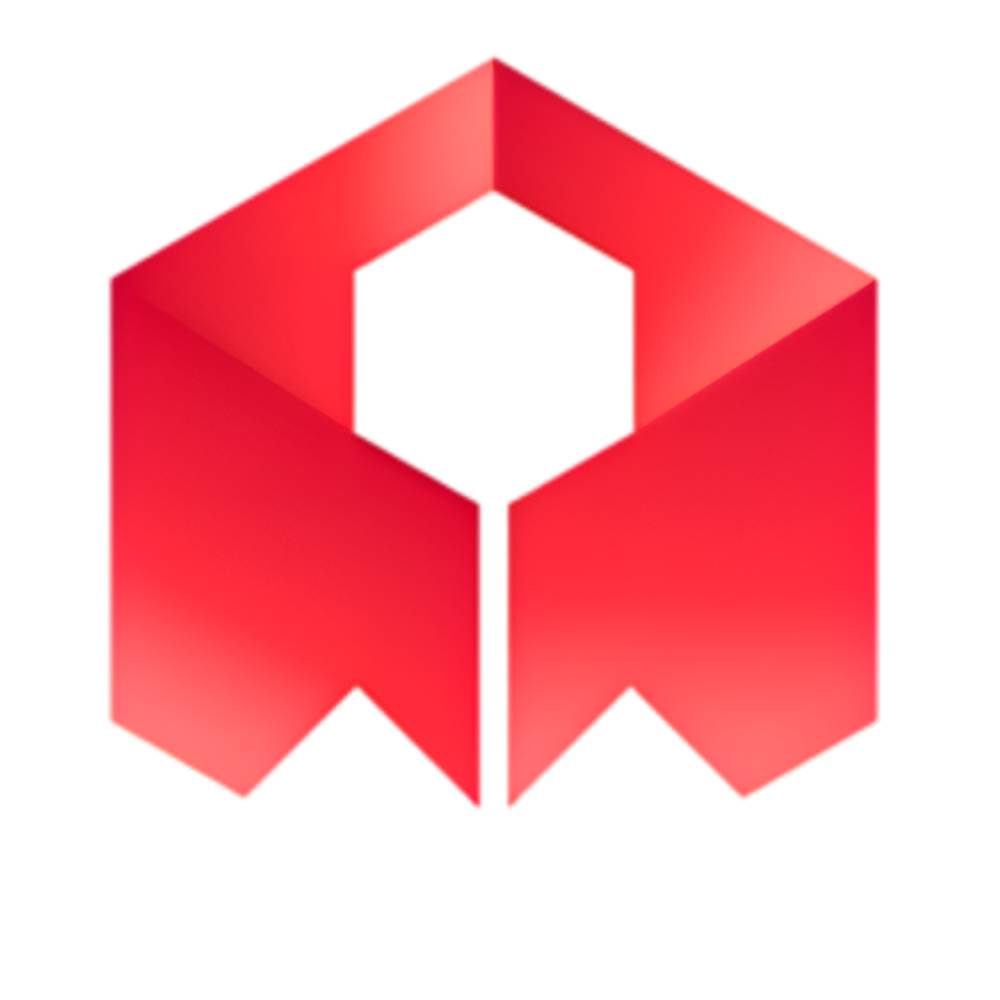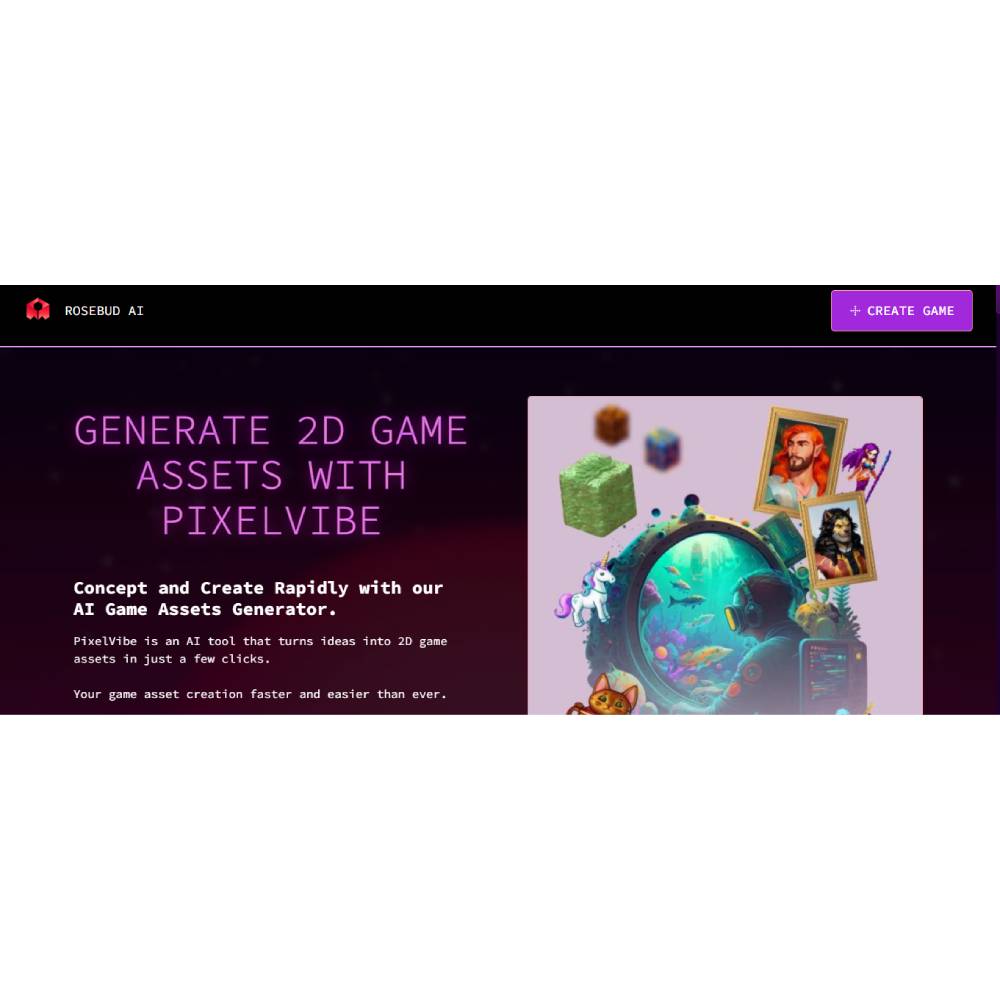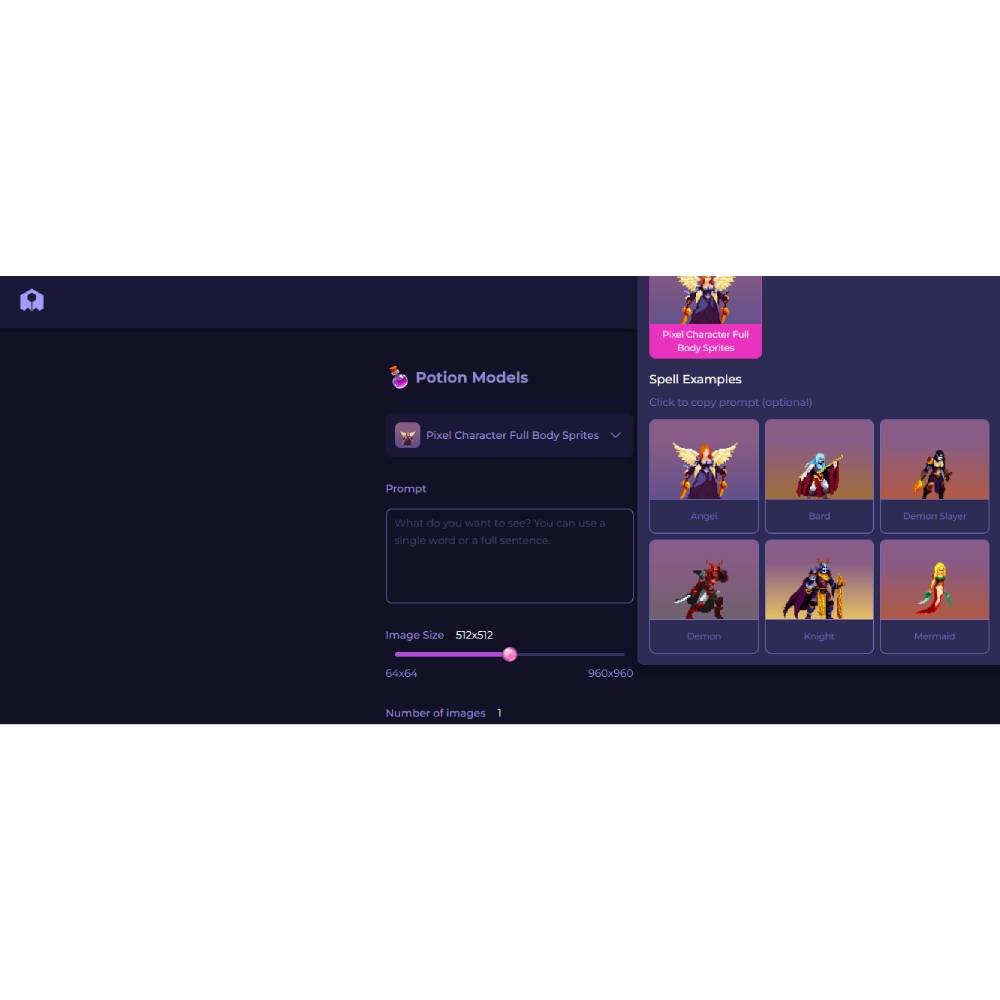


PixelVibe by Rosebud AI – Intelligent Image & Character Generator for Games
PixelVibe by Rosebud AI is an advanced AI-powered visual generation platform that helps game developers, storytellers, and creators design stunning, high-quality characters, environments, and art assets in seconds. It bridges art direction and automation—offering a full suite of AI image creation tools for 2D and 3D game pipelines. Developers can generate unique characters, NPC portraits, background concepts, and promotional visuals just by describing what they need. For example, typing “a futuristic samurai in neon armor” instantly produces multiple creative interpretations ready for export. PixelVibe is built on Rosebud AI’s proprietary diffusion and character modeling technology, ensuring professional-level realism and visual cohesion. It saves hundreds of design hours by automating the rendering of concepts that normally require multiple artists. You can define camera angles, lighting, poses, and styles—from anime to cinematic realism. It’s perfect for indie developers who want AAA-quality visuals without the cost or time constraints of traditional production. PixelVibe adapts to your game’s tone—dark fantasy, sci-fi, cozy simulation, or retro adventure—instantly generating assets that fit. Each generated character or object maintains consistent anatomy, proportion, and color palette. Studios use it for rapid concepting, visual prototyping, and in-game portrait generation. It empowers artists to iterate faster while maintaining their creative signature. PixelVibe by Rosebud AI turns imagination into polished visuals—bridging creative speed and visual storytelling at every stage of game development.
